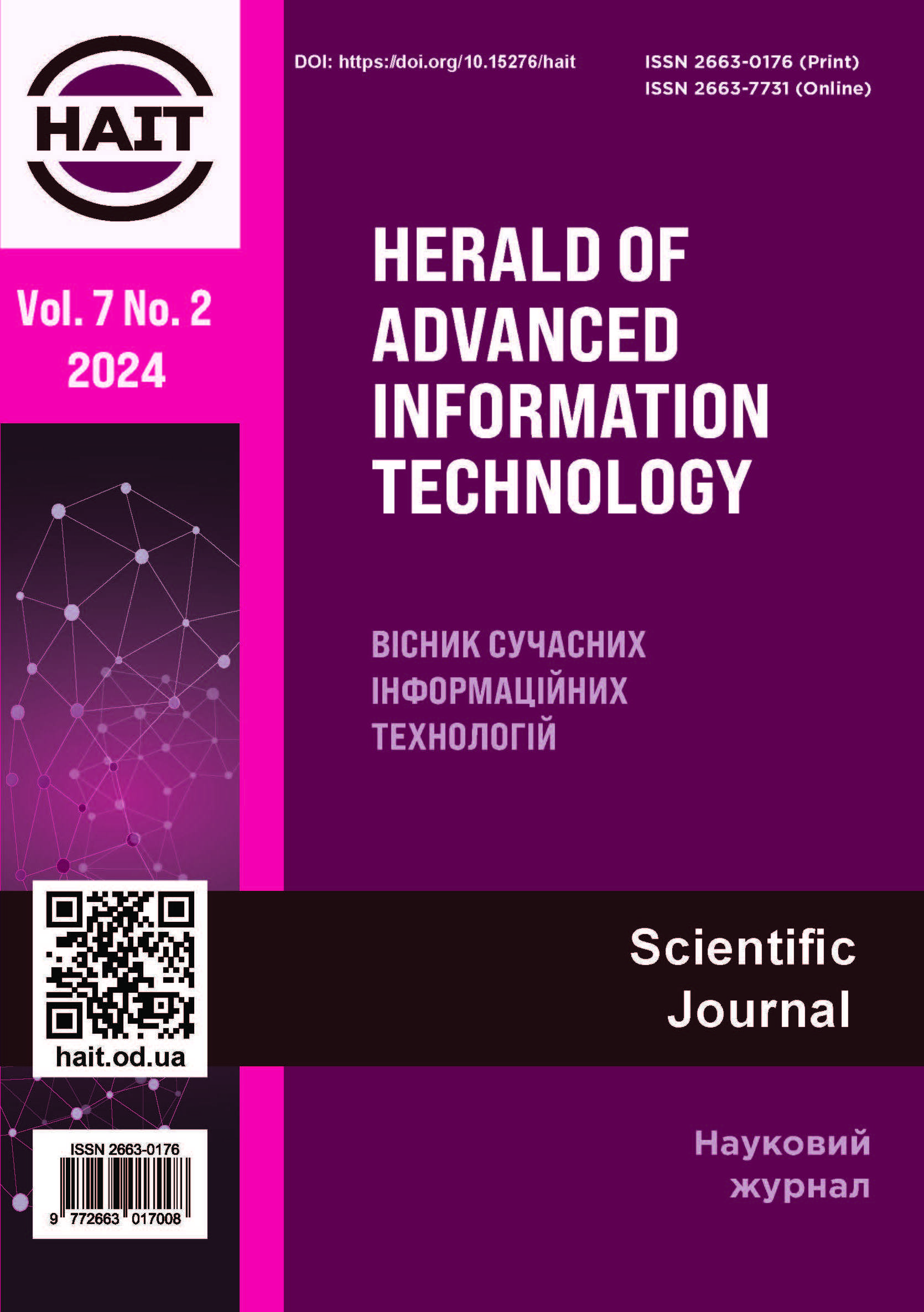On the modification of GL-models by adding edges to a cyclic graph
DOI:
https://doi.org/10.15276/hait.07.2024.13Keywords:
GL-models, MLE-models, non-basic fault-tolerant multiprocessor systemsAbstract
This work suggests a method for constructing GL-models of fault-tolerant multiprocessor systems. These models can be used, in particular, to estimate the reliability parameters of the latter by conducting statistical experiments with models of their behavior in the failure flow. Two cases are considered: the non-basic system, unlike the basic system, is resistant to some failures of increased multiplicity, or else, on the contrary, the non-basic system is vulnerable to certain failures that do not lead to the failure of the basic system. In this case, the condition under which the system’s behavior differs from the baseline corresponds to a Boolean expression, that depends on the values of the elements of the system state vector, which characterizes the states of its processors in the failure flow. According to the method proposed in the article, a model of such system is built by adding an edge or several edges to the so-called MLE-model, a type of GL-model, that can be constructed for any basic system and is based on cyclic graphs. The edge function for this edge is formed based on the aforementioned Boolean expression. The models constructed by the proposed method are also based on cyclic graphs, which, in particular, significantly simplify the procedure for assessing the connectivity of the last ones. A series of experiments have been conducted to confirm the adequacy of the models (obtained by the proposed method) to the behavior of systems in the failure flow. This work presents examples that demonstrate the process of constructing GL-models for non-basic fault-tolerant multiprocessor systems using the proposed method for both of the above cases.








